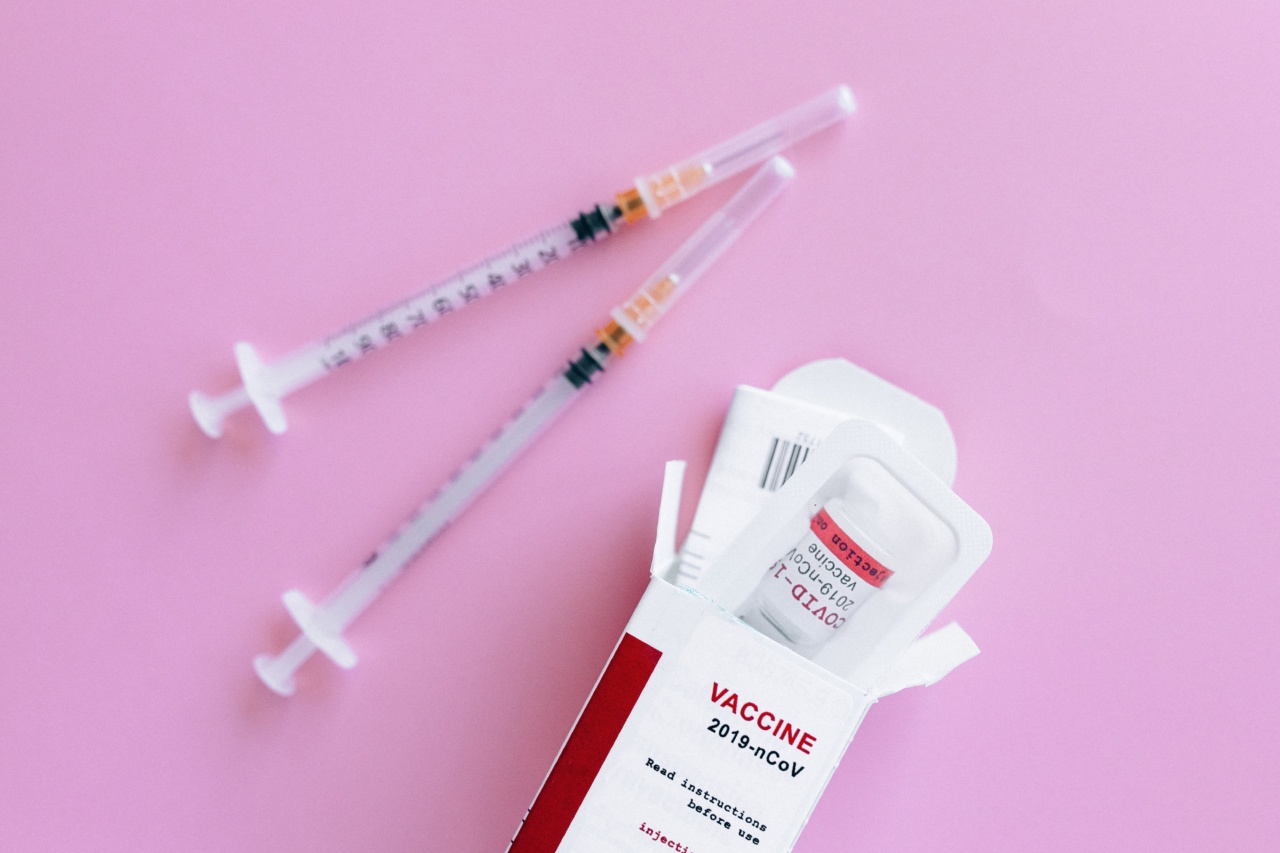Autism, also known as autism spectrum disorder (ASD), is a complex neurodevelopmental condition that affects individuals’ social skills, communication abilities, and behavior.
Although there is no known cure for autism, ongoing research and advancements in medical science offer new hope for better treatment options. In recent years, an experimental drug has emerged that shows promising potential in alleviating certain core symptoms associated with autism.
This article explores this innovative drug’s mechanism, its ongoing research, and the implications it may have on individuals with autism.
The Mechanism of the Experimental Drug
The experimental drug being investigated for autism treatment targets a specific neurotransmitter in the brain called gamma-aminobutyric acid (GABA).
GABA acts as an inhibitory neurotransmitter, regulating brain activity and maintaining a balance between excitatory and inhibitory signals. Individuals with autism often exhibit an imbalance in GABA levels, leading to altered brain functioning and symptoms associated with the disorder.
The experimental drug aims to enhance GABA functioning and restore the balance of inhibitory and excitatory signals in the brain.
By modulating GABA receptors, the drug has shown potential in reducing hyperactivity, improving social interaction, and mitigating repetitive behaviors often observed in individuals with autism.
Promising Results from Preclinical Studies
Preclinical studies involving animal models have provided encouraging results regarding the efficacy of the experimental drug in treating autism.
These studies have demonstrated a significant reduction in repetitive behaviors and increased social interaction in animals with induced autism-like behaviors.
Furthermore, neuroimaging techniques have revealed notable changes in neural activity patterns following the administration of the experimental drug.
These changes suggest a positive impact on brain circuitry related to social and cognitive functions, providing further support for its potential effectiveness in treating autism.
Initial Clinical Trials
Following the positive outcomes of preclinical studies, initial clinical trials were conducted to assess the safety and tolerability of the experimental drug in individuals with autism.
The trials involved a small sample size of participants, carefully selected based on specific criteria and diagnosed with autism spectrum disorder.
The results of these trials indicated that the experimental drug was generally well-tolerated, with minimal adverse effects reported.
Additionally, certain improvements in social communication and reduced repetitive behaviors were observed in some participants. The findings from these initial trials laid the foundation for further research and development of the experimental drug.
Current Ongoing Research
The success of the initial clinical trials has sparked continued research into the potential of the experimental drug for autism treatment.
Larger-scale clinical trials are currently underway, involving a more diverse group of participants across various age ranges and autism severity levels.
These ongoing trials aim to further investigate the drug’s effectiveness while closely monitoring long-term safety and potential side effects.
Researchers are conducting rigorous assessments of behavioral changes, social interaction improvements, and cognitive enhancements in participants receiving the experimental drug.
Moreover, advanced neuroimaging techniques such as functional magnetic resonance imaging (fMRI) and positron emission tomography (PET) scans are being utilized to evaluate the drug’s impact on neural activity and brain circuitry in individuals with autism.
Potential Implications for Autism Treatment
If the ongoing research continues to yield promising results, the experimental drug could potentially revolutionize autism treatment.
The drug’s ability to modulate GABA receptors and restore the balance of inhibitory and excitatory signals may lead to significant improvements in core symptoms associated with autism spectrum disorder.
Individuals with autism often face challenges in social interaction, communication, and behavior regulation.
The experimental drug, if proven effective, could provide relief by reducing hyperactivity, improving social communication skills, and minimizing repetitive and restrictive behaviors.
Furthermore, successful treatment with the experimental drug may enhance individuals’ overall quality of life, increase their independence, and facilitate integration into mainstream society.
It has the potential to open new doors for individuals with autism, empowering them to lead more fulfilling and socially connected lives.
The Importance of Continued Research
While the preliminary results and ongoing research on the experimental drug offer hope for autism treatment, it is crucial to emphasize the importance of continued research and validation.
Autism is a highly complex disorder with varying presentations and underlying biological mechanisms, making it essential to explore different avenues of treatment.
Additionally, long-term safety, potential side effects, optimal dosage, and the drug’s efficacy in different subgroups of individuals with autism require thorough investigation.
Continued research will enable researchers and healthcare providers to better understand the nuances of the drug’s potential benefits and limitations and refine its application for maximum effectiveness.
Conclusion
The emergence of an experimental drug offering new hope for autism treatment has captured the attention of researchers and the autism community worldwide.
By targeting the delicate balance of GABA neurotransmitters in the brain, the drug shows promise in alleviating core symptoms associated with autism spectrum disorder.
While preclinical studies and initial clinical trials have yielded encouraging results, ongoing research remains essential to validate the drug’s efficacy, ensure long-term safety, and determine optimal dosage and its effectiveness across different populations. If successful, this experimental drug has the potential to transform the lives of individuals with autism, enabling improved social interactions, communication, and overall quality of life.



























